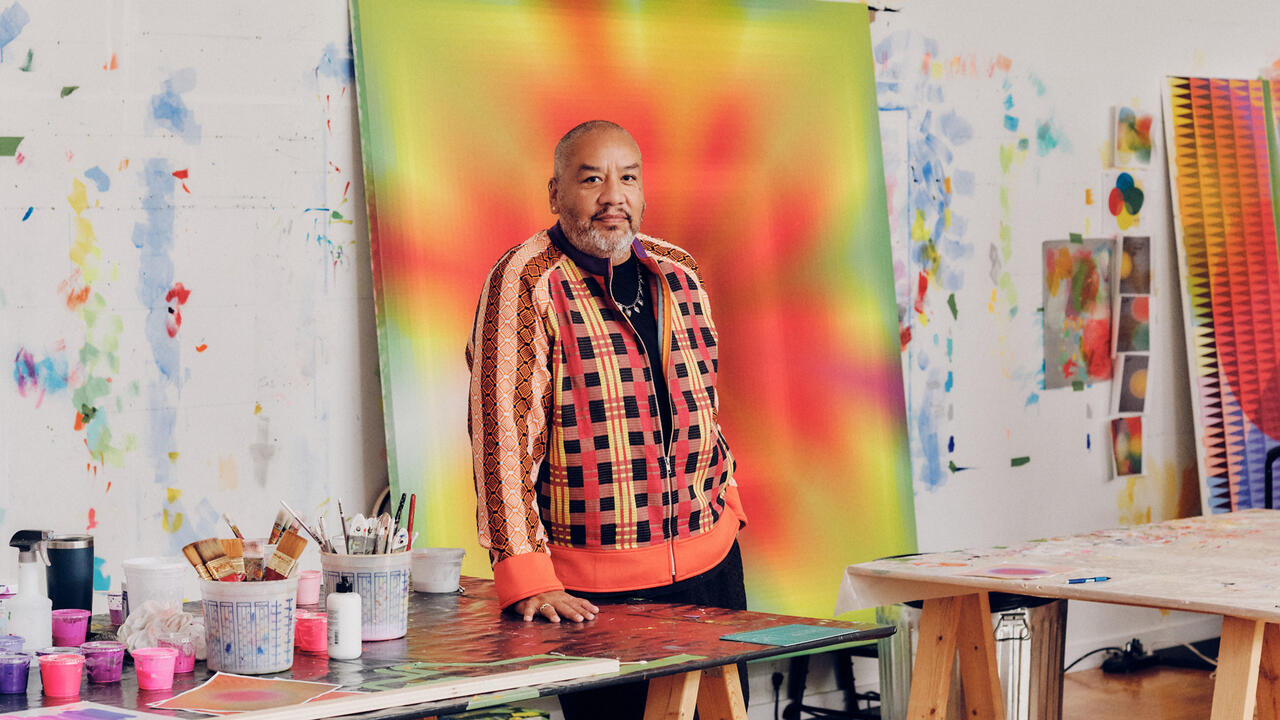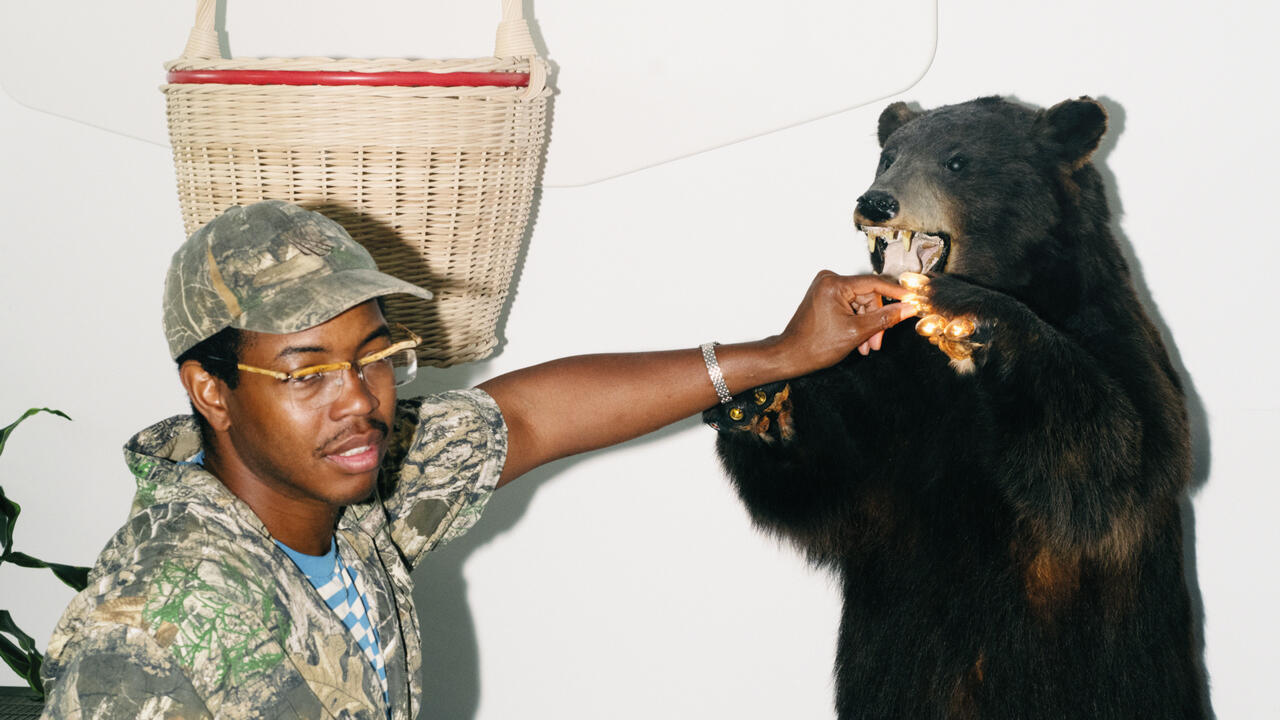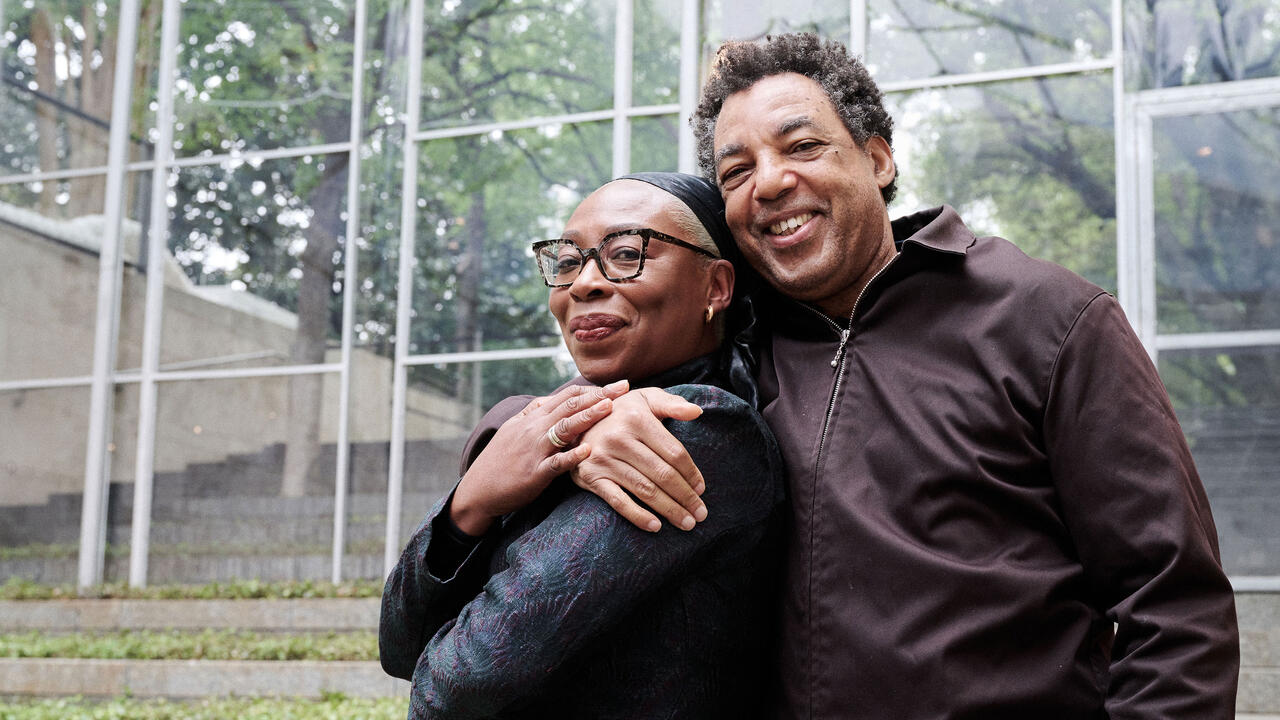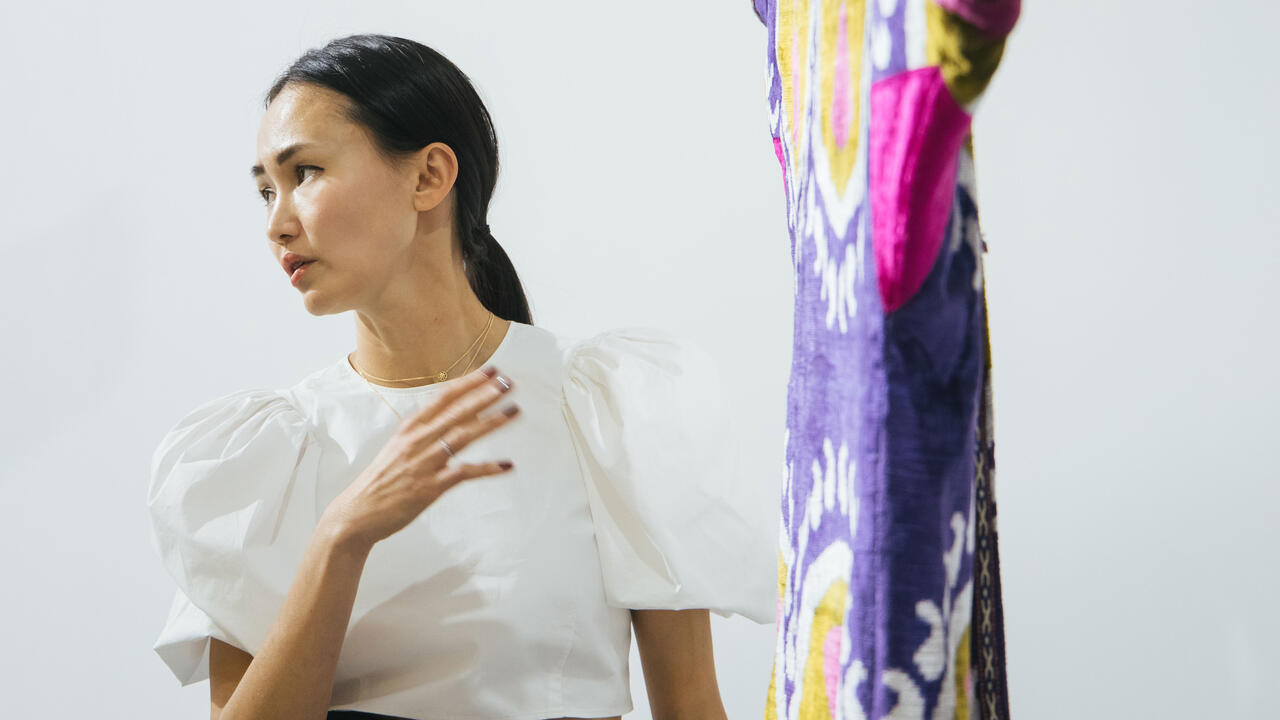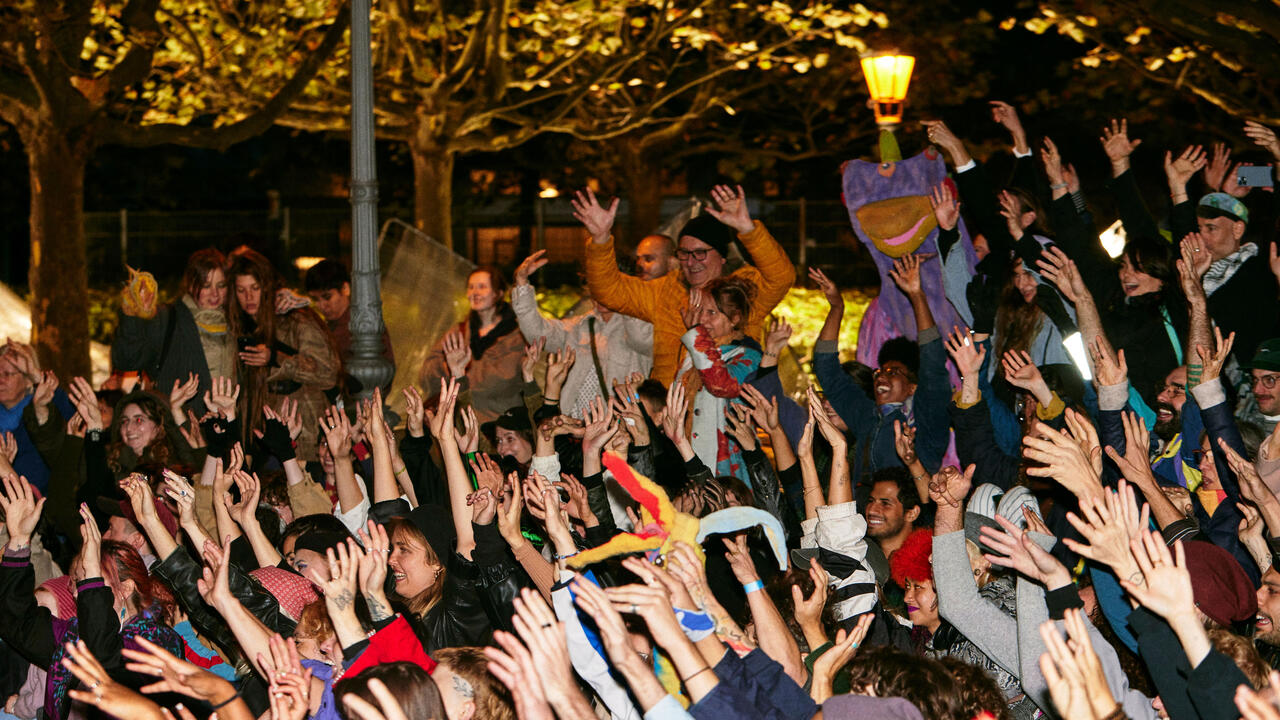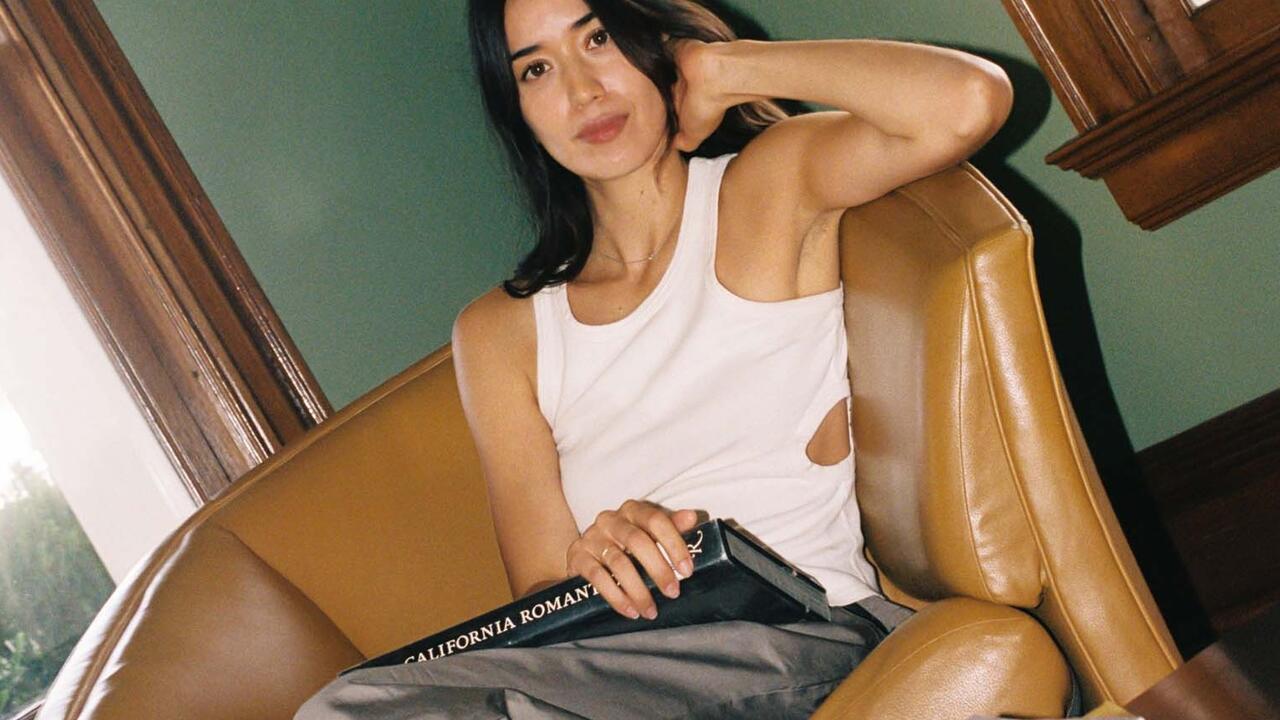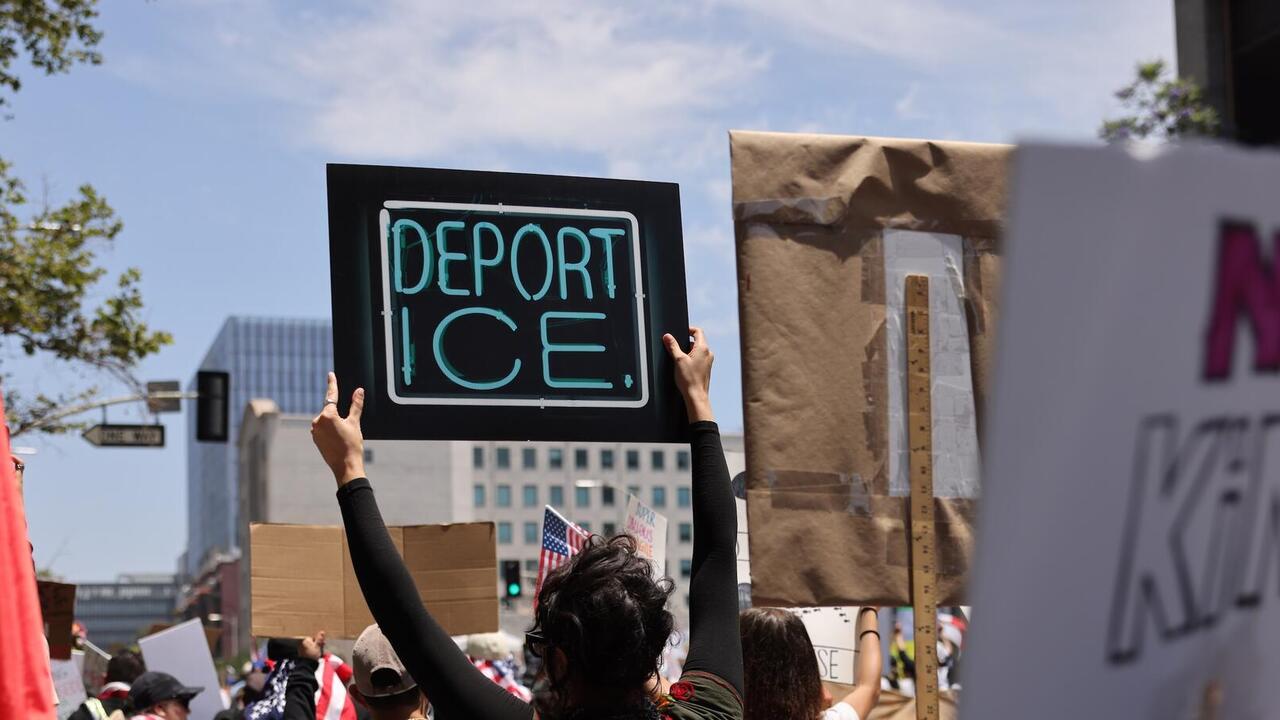Amanda Hunt Turns the Spotlight on Underrepresented Practices
From Rodrigo Valenzuela to Eric-Paul Riege, the Lucas Museum of Narrative Art’s curator will centre Black, Brown, Indigenous and queer narratives for this year’s Focus LA
From Rodrigo Valenzuela to Eric-Paul Riege, the Lucas Museum of Narrative Art’s curator will centre Black, Brown, Indigenous and queer narratives for this year’s Focus LA

Olivian Cha: Your curatorial history in Los Angeles stretches back more than a decade. Could you speak about your relationship to the city and its artists?
Amanda Hunt: What first brought me to California was graduate school in San Francisco. Over the summer of 2010, I explored LA and fell in love with the community of artists here. After that, I always knew I wanted to be in LA. When I moved here in 2011, I began working with LAXART on the Performance and Public Art Festival for the initiative “Pacific Standard Time: Art in L.A. 1945–1980,” organized with the Getty Research Institute. I went from writing my thesis on Eleanor Antin and Lorraine O’Grady, to picking Eleanor up from Union Station for rehearsals for a project she was working on with Malik Gaines. It was an incredible transition.
Over the last decade, I’ve continued to build relationships with artists, designers and architects. The inspiration I draw from these relationships is what ultimately brought me back to LA in 2017 after working at the Studio Museum in Harlem for three years. It’s a place where I feel comfortable and cared for, where there has always been space for memorable conversations and studio visits. With so many rich and diverse cultural pockets, LA has always felt abundant with opportunity and adventure.

OC: How has this shaped your selection and themes for this year’s Focus section at Frieze Los Angeles?
AH: What keeps me going in my curatorial practice is a strong desire to know what’s out there: what’s new and exciting, what’s funky and weird. LA has so much of that to discover. It’s been an interesting experiment, finding new voices and stories that I wanted to highlight. Working where I do now, at the Lucas Museum of Narrative Art, has shaped my curatorial thinking to consider the ways in which narrative is visual. I had to ask myself whose stories, either collectively or individually, do I want to highlight? Black, Brown, Indigenous and queer voices and practices are an essential part of this year’s Focus LA. I want people to explore work they might not encounter in their usual circuit of commercial galleries and to offer insight into experiences that aren’t in the mainstream.
For instance, Rodrigo Valenzuela, who is a teacher at UCLA, is making incredible work right now. His practice looks at the working class and issues of labor, immigration and protest. Represented by Luis De Jesus gallery, he’s got a beautiful new book out and has put together a striking presentation for Focus. Eric-Paul Riege, who shows with Stars gallery, is an Indigenous artist working in performance and installation. He will be presenting large-scale sculptures that can be used in performance.

OC: Could you talk more about the Lucas Museum of Narrative Art, which opens in 2023, and your work there? What are some of the museum’s institutional priorities? Can you give some insight into the collection?
AH: We are working to build a new institution from the ground up and to undo some long-held institutional problems, including rethinking the hierarchies of conversation and communication.
Central to the museum is the idea that narrative is the most accessible artform. We’ve been telling stories for eons; it’s in our DNA. The founder, filmmaker George Lucas, has his own relationship to story, especially through his Star Wars films (1977–2012): an epic narrative about a hero’s journey. There will be some of that legacy in the collection. Pilar Tompkins Rivas, our chief curator, can speak more specifically to that, but I know we are taking an expansive and diverse approach.
Staff diversity is a priority for the museum. It shapes the thinking in such critical ways. The museum is run by a woman of color who comes from a curatorial and education background, which also feels radical. The staff, more broadly, also reflect a professional diversity. We have librarians and people who come from Washington D.C. and government-organizational work, so it’s an interesting intersection of experience and voices informing the whole.
We also have a vast park and garden within our 11-acre campus. As someone who is invested in the communities that institutions occupy, and the possibilities of art in public space, the potential of this outdoor area and the many access points it creates were a huge part of why I wanted to work at this museum. Despite LA having a beautiful temperate climate, the city really has a deficit of green space, especially in South LA.

OC: Your title, director of public programs and creative practice, is intriguing. What does it entail?
AH: Public programming can be many things: academic, performative, it can manifest as a thinktank. There’s undefined potential there. As we start to unfold the museum’s programming and structure, that piece will become clearer. Ultimately, I see the position as a platform for supporting creative practices that manifest in varied forms and across many disciplines.
This article first appeared in Frieze Week, February 2022 under the headline ‘Telling Stories’.
Main image: Rodrigo Valenzuela, Afterwork #2, 2021, silver gelatin print, 102 × 81 cm. Courtesy: the artist and Luis De Jesus, Los Angeles











